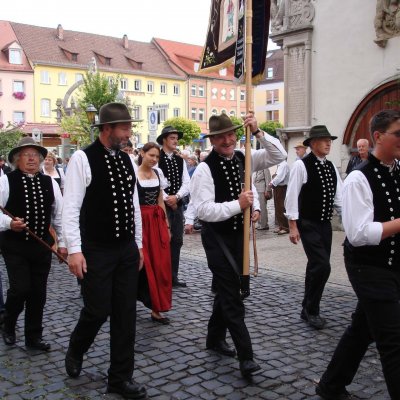Nationwide Inventory of Intangible Cultural Heritage
Use and Transmission of Braille in Germany
Braille and its application are the foundation for the educational opportunities of blind people and their professional and social participation. This lively cultural form is constantly adapting to new developments and technologies. Braille is passed on in schools, rehabilitation facilities, associations and clubs.
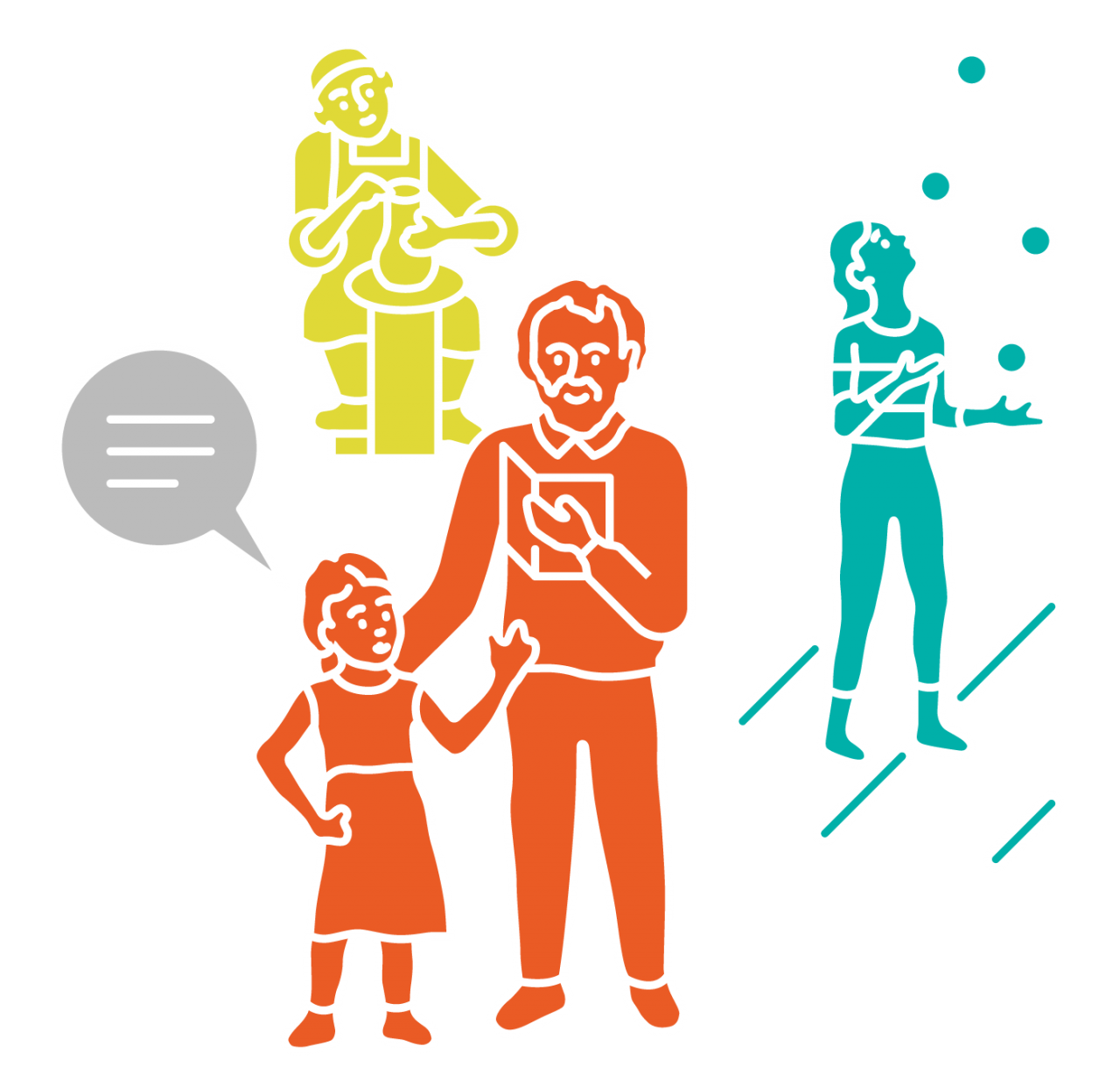
Facts & Figures
Crucial date: Throughout the year
Inscription: 2020
Domains: Oral traditions and expressions; Knowledge and practice concerning nature and the universe; Traditional craftsmanship
Where to find: Nationwide (and abroad)
Contact
Deutscher Blinden- und Sehbehindertenverband (DBSV)
Reiner Delgado
@email
www.dbsv.org
Braille was invented in 1825 by the 16-year-old blind Frenchman Louis Braille. Until the end of the 19th century, it became widely accepted as a writing system for blind people. The characters consist of combinations of six tacticle dots. In the 20th century, codes of braille were developed worldwide for other alphabets besides Latin and also for non-alphabetical scripts such as Chinese. Therefore Braille is now the worldwide standard script for blind people.
The system of six-point braille also allows the display of other contents. Thus Louis Braille himself developed a system for representing musical notes. There are various mathematics typefaces, chemistry and chess scripts and a code for knitting patterns. About 100 years ago, short fonts and shorthand writing were also developed in some languages, such as German, English and French. These allow faster reading and writing and were very relevant for the professional integration of blind people, especially in office jobs.
The German shorthand for the blind was developed in 1904. Common groups of letters and words can be abbreviated by single characters. In 1972, shorthand was fundamentally reformed and is the world leader with a shortening potential of 28%. Blind children learn shorthand in the fourth grade. Books and magazines are printed in shorthand by default.
In addition, screen reader software, which controls the display of computer content on so-called Braille displays, can also display German shorthand. German braille shorthand is even more efficient and, before the introduction of the computer, made professions for blind people in the office possible. Thus, braille has a very specific form and history in Germany, too.
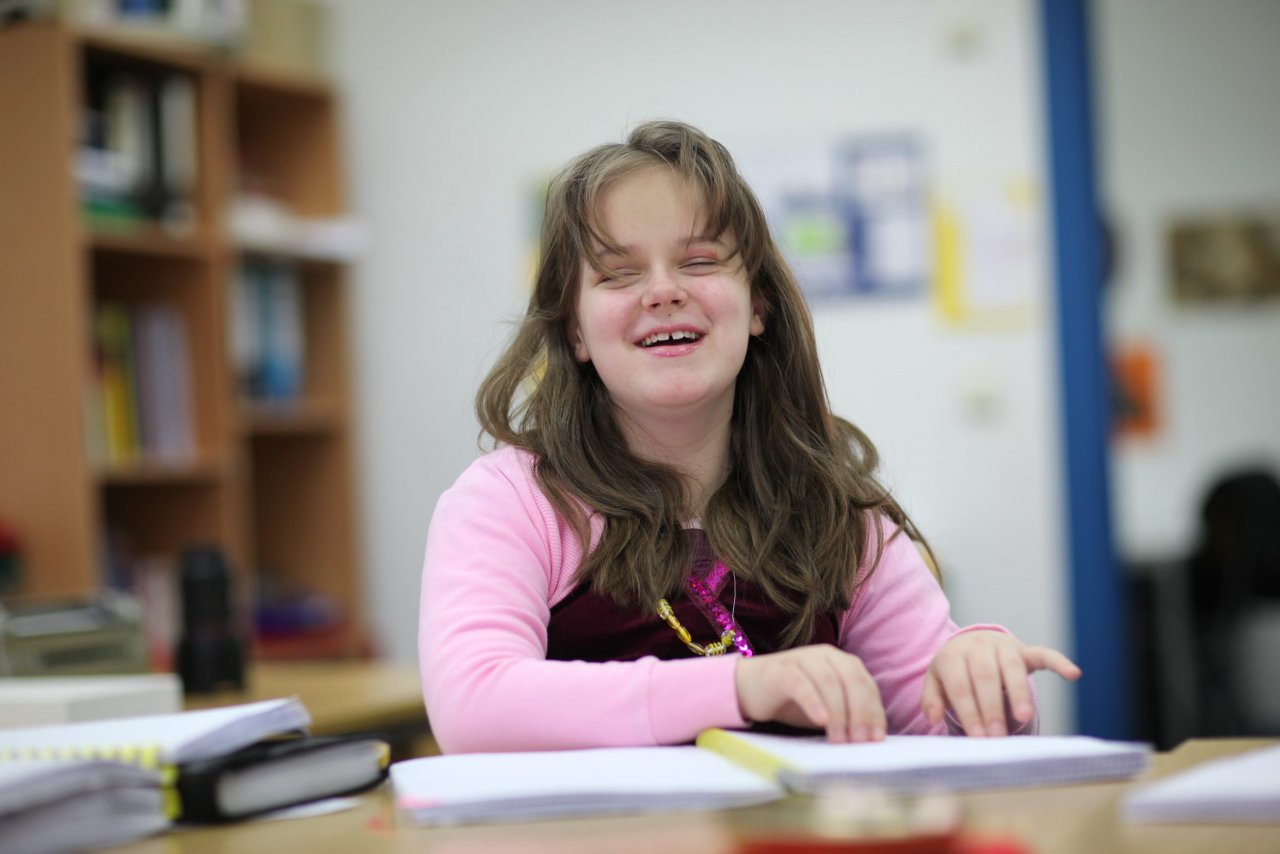

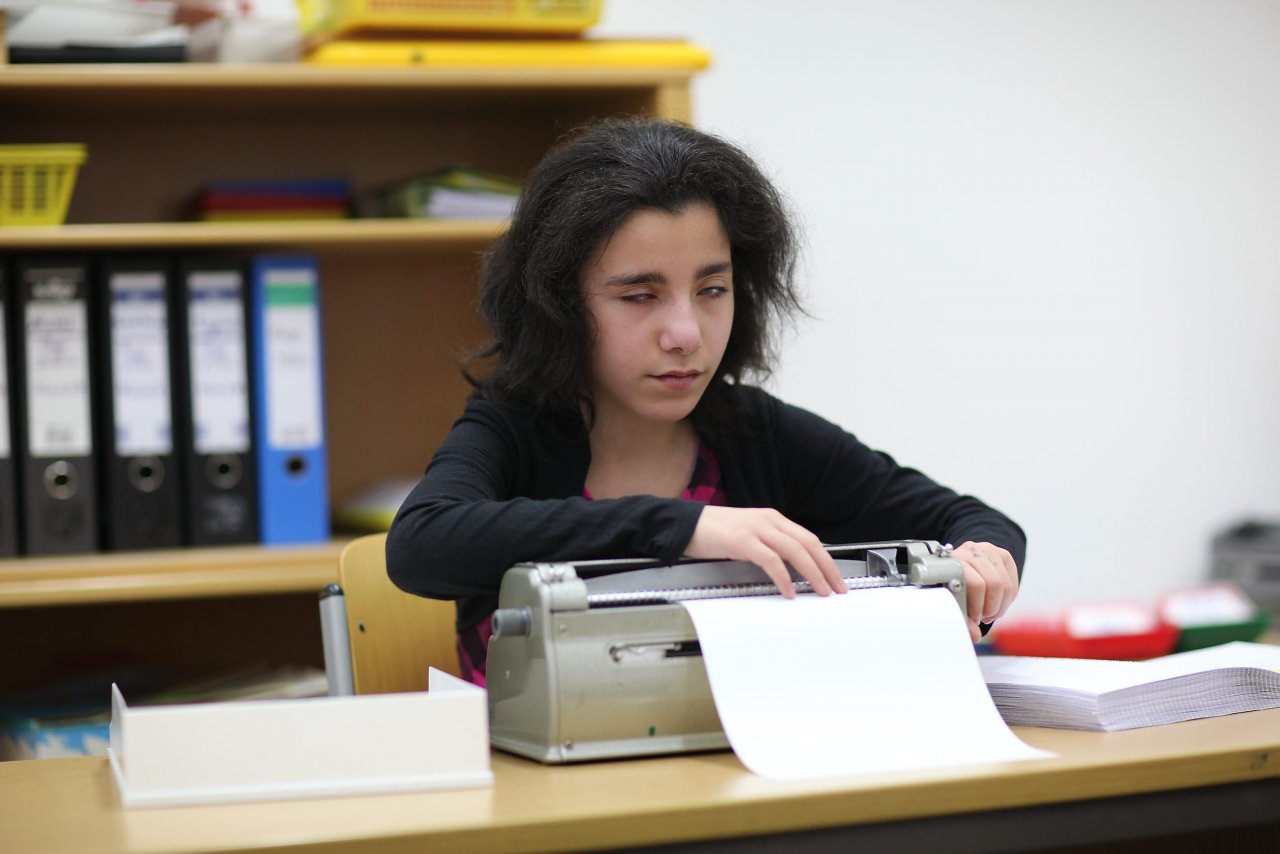
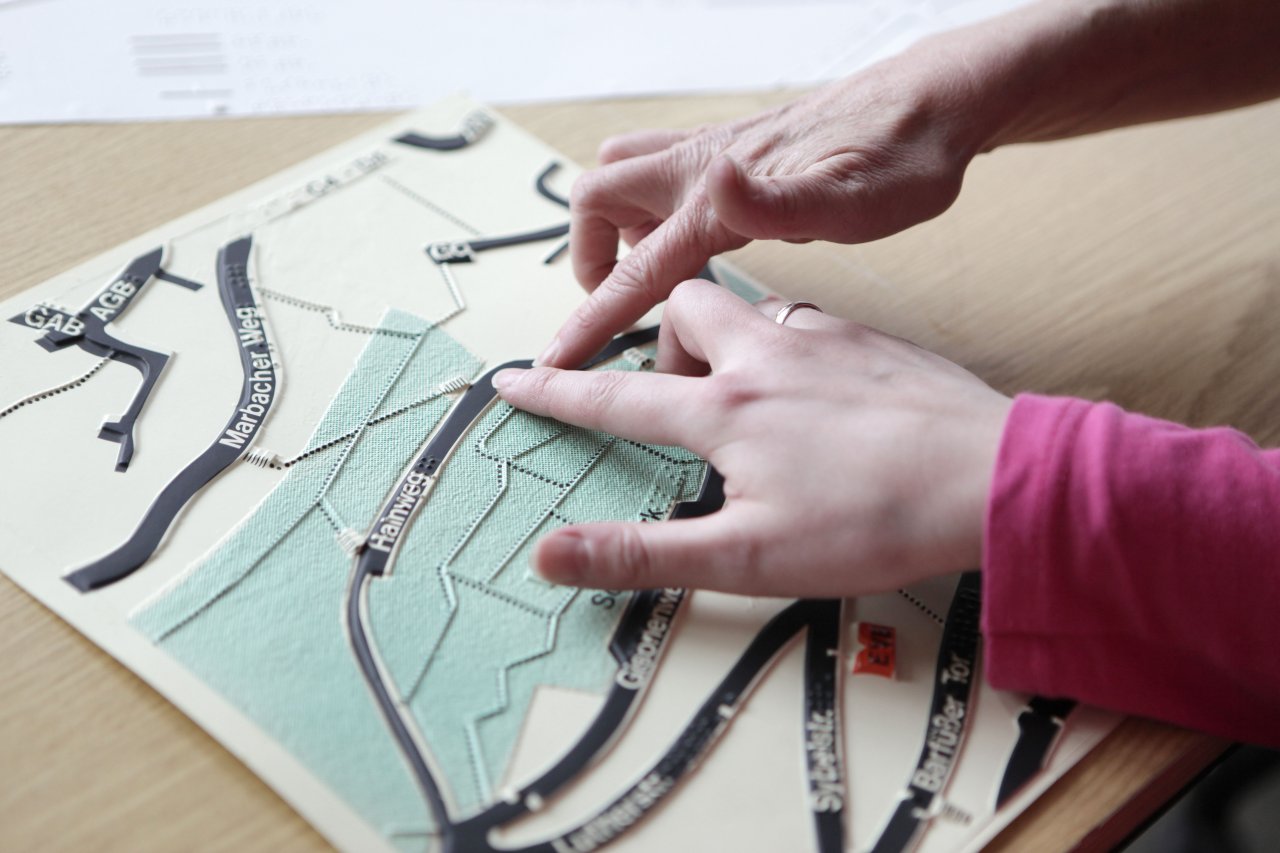
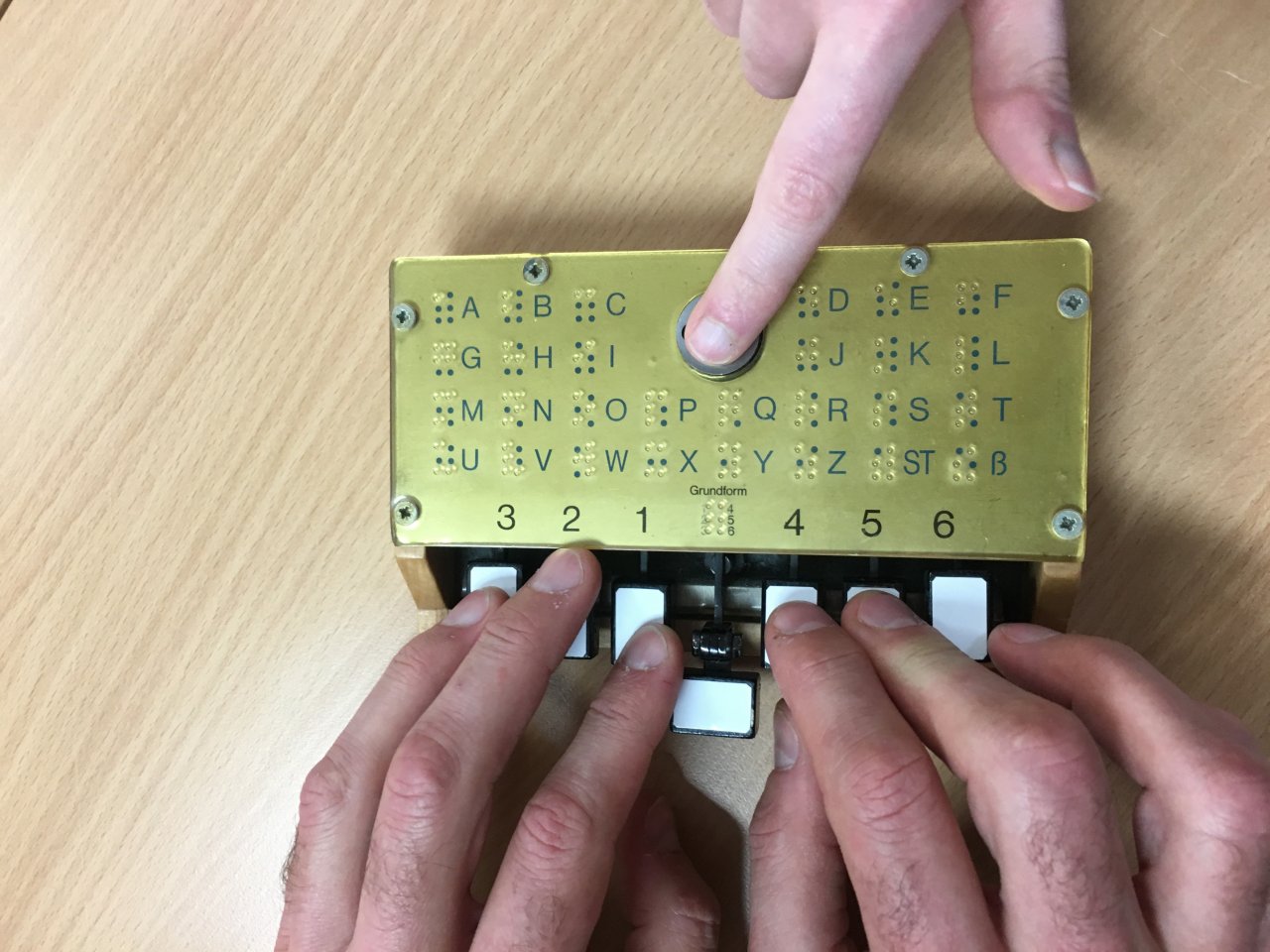
For blind people, braille is the only access to writing worldwide. With the help of this writing they can read and write, communicate with others, gain access to information and make visual content tactile. Braille is a cultural asset of disabled people's self-help. It was not developed by sighted educators, but by blind people themselves. Those affected had to assert their writing against their teachers for the blind. Today, the maintenance and further development of braille is organised by blind people themselves, as is the development of technical devices that enable the printing and display of the script.




